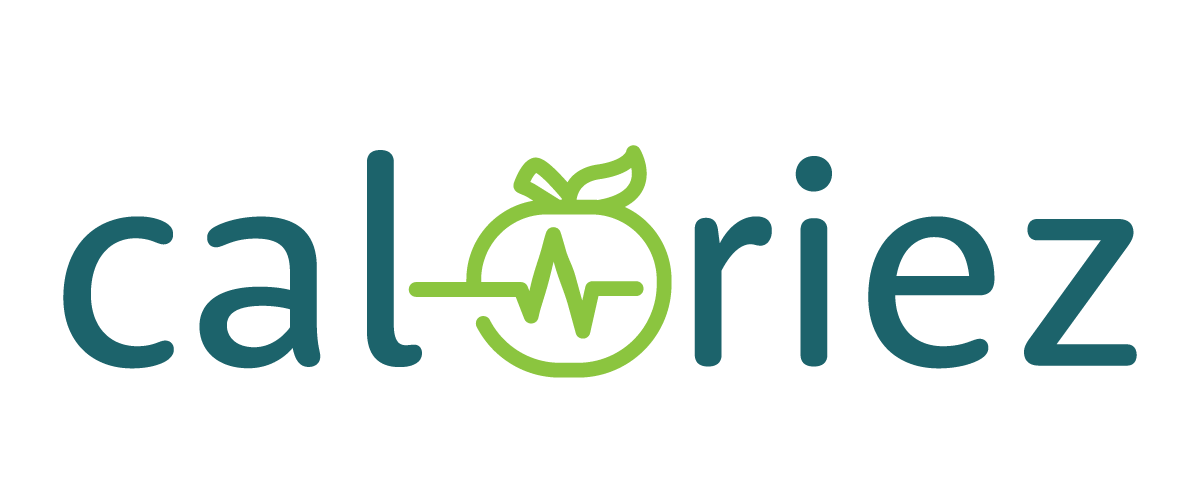This text is a part of Missed, a collection of obituaries about outstanding folks whose deaths, starting in 1851, went unreported in The Occasions.
Margaret Chung knew from age 10 that she needed to develop into a medical missionary to China. She was impressed by tales her mom had advised of life in a mission house, the place her mom stayed as a baby after emigrating from China to California. She named Margaret after the house’s superintendent.
Faith was an necessary a part of younger Margaret’s life in California. She was raised in a Presbyterian family, the place her father insisted that the household pray earlier than each meal and sang hymns with the youngsters earlier than mattress.
So it was a blow that after graduating from medical college, on the College of Southern California, in 1916, her software to be a medical missionary was rejected thrice by administrative boards. Although she had been born on United States soil, she was thought to be Chinese language, and no funding for Chinese language missionaries existed.
Nonetheless, following that dream led her to a distinct accolade: Chung turned the primary recognized American lady of Chinese language ancestry to earn a medical diploma, in line with her biographer.
She opened a personal apply in San Francisco’s Chinatown. It was one of many few locations that would offer Western medical care to Chinese language and Chinese language American sufferers, who have been usually scapegoated because the supply of epidemics and turned away by hospitals. (Her father died after he was denied therapy for accidents he sustained in a automotive accident.)
As a doctor and surgeon throughout the Second Sino-Japanese Conflict (starting in 1937) and World Conflict II, she was praised for her patriotic efforts, together with beginning a social community in California for pilots, navy officers, celebrities and politicians that she leveraged to assist in recruitment for the conflict and to foyer for the creation of a girls’s naval reserve.
Each Sunday she hosted dinners for males within the navy, catering for crowds of as much as 300 folks, who known as her “Mother.” Her efforts caught the eye of the press, which portrayed her as representing unity between China and the U.S., allies within the conflict.
Margaret Jessie Chung was born on Oct. 2, 1889, in Santa Barbara, Calif. On the time, the 1882 Chinese language Exclusion Act was in full drive. Her mother and father, who had immigrated from China within the 1870s, have been barred from acquiring U.S. citizenship underneath the act. They confronted restricted job alternatives, so the household moved round California as they appeared for work. Her father, Chung Wong, was a former service provider who toiled on California farms and bought greens. Her mom, Ah Yane, additionally farmed and typically labored as a courtroom interpreter.
Margaret herself was no stranger to exhausting labor. She took on farming chores when her mother and father have been unwell and helped elevate all 10 of her siblings, duties that disrupted her education; she didn’t full the eighth grade till she was 17. To fund the remainder of her training, she spent summer time evenings knocking on doorways to promote copies of The Los Angeles Occasions as a part of a contest for a scholarship, which she received. It paid for preparatory college, which enabled her to realize acceptance to the College of Southern California Faculty of Physicians and Surgeons in 1911.
“As the one Chinese language lady in the usC. medical college, I’m compelled to be completely different from others,” she mentioned in a 1913 interview. She reinvented herself as “Mike,” slicking again her black hair and dressing in a protracted blazer draped over a shirt and tie, finishing the outfit with a floor-length skirt. She labored all through school, typically scrubbing dishes at a restaurant whereas learning textbooks propped on a shelf.
After she graduated and was rejected as a medical missionary, Chung turned to surgical procedure, performing trauma operations at Santa Fe Railroad Hospital in Los Angeles. Touring musicians and actors used the hospital; most famously, she eliminated the actress Mary Pickford’s tonsils.
Chung quickly established her personal non-public apply in Los Angeles, with a clientele that included actors within the film trade’s early days in Holllywood.
Whereas accompanying two sufferers to San Francisco, Chung fell in love with town’s panorama, its dramatic hills cloaked in fog. After studying that no physician practiced Western medication within the metropolis’s Chinatown, house to the most important Chinese language American inhabitants within the nation, she left her Los Angeles apply and arrange a clinic on Sacramento Avenue in 1922.
San Francisco was isolating. Individuals from the neighborhood invited Chung out, however she declined, writing in her unpublished autobiography, “I used to be embarrassed as a result of I couldn’t perceive their flowery Chinese language.” Rumors persevered that as a result of she was single, she will need to have been fascinated about girls. She was protecting of her private life, however her biographer, Judy Tzu-Chun Wu, mentioned Chung had frequented a North Seaside speakeasy with Elsa Gidlow, who brazenly wrote lesbian poetry.
Chung’s apply initially had issue attracting sufferers. However as phrase unfold, her ready room crammed, in some circumstances with white vacationers curious to see her Chinese language-inspired furnishings and her session room, whose partitions have been plastered with footage of her movie star sufferers.
Years of planning and neighborhood fund-raising culminated within the opening of San Francisco’s Chinese language Hospital in 1925. Chung turned one in all 4 division heads, main the gynecology, obstetrics and pediatrics unit whereas nonetheless working her non-public apply.
When Japan invaded the Chinese language province of Manchuria in September 1931, an ensign in the USA Naval Reserves, seeking to help the Chinese language navy, visited Chung at her apply. She invited the person, who was a pilot, and 6 of his pals for a home-cooked dinner. It was the primary of many who she would host virtually each night time for months. It was, she wrote in her autobiography, “probably the most egocentric factor I’ve ever accomplished as a result of it was extra enjoyable that I had ever recognized in all my life.”
Each Sunday, “Mother” personally catered suppers for lots of of her “boys.” By the top of World Conflict II, her “household” swelled to about 1,500. To assist preserve monitor, everybody had a quantity and group: Main pilots have been the Phi Beta Kappa of Aviation; those that couldn’t fly (together with celebrities and politicians) have been Kiwis; and the submarine models have been Golden Dolphins.
She known as upon influential members of her community to secretly recruit pilots for the American Flying Tigers, an American volunteer group that pushed again in opposition to Japan’s invasion of China. She additionally enlisted two of her Kiwis to introduce a invoice within the U.S. Home and Senate that led to the creation of Girls Accepted for Volunteer Emergency Providers in 1942, a naval group higher generally known as the WAVES. Desirous to help her nation, she sought to affix the group however her software was rejected.
Regardless of her efforts, no official recognition of her contributions ever got here. After the conflict ended, attendance at her Sunday dinners dwindled. Nonetheless, Chung continued to apply medication, go to her navy “sons” and write her memoir.
She died of ovarian most cancers on Jan. 5, 1959. She was 69.




